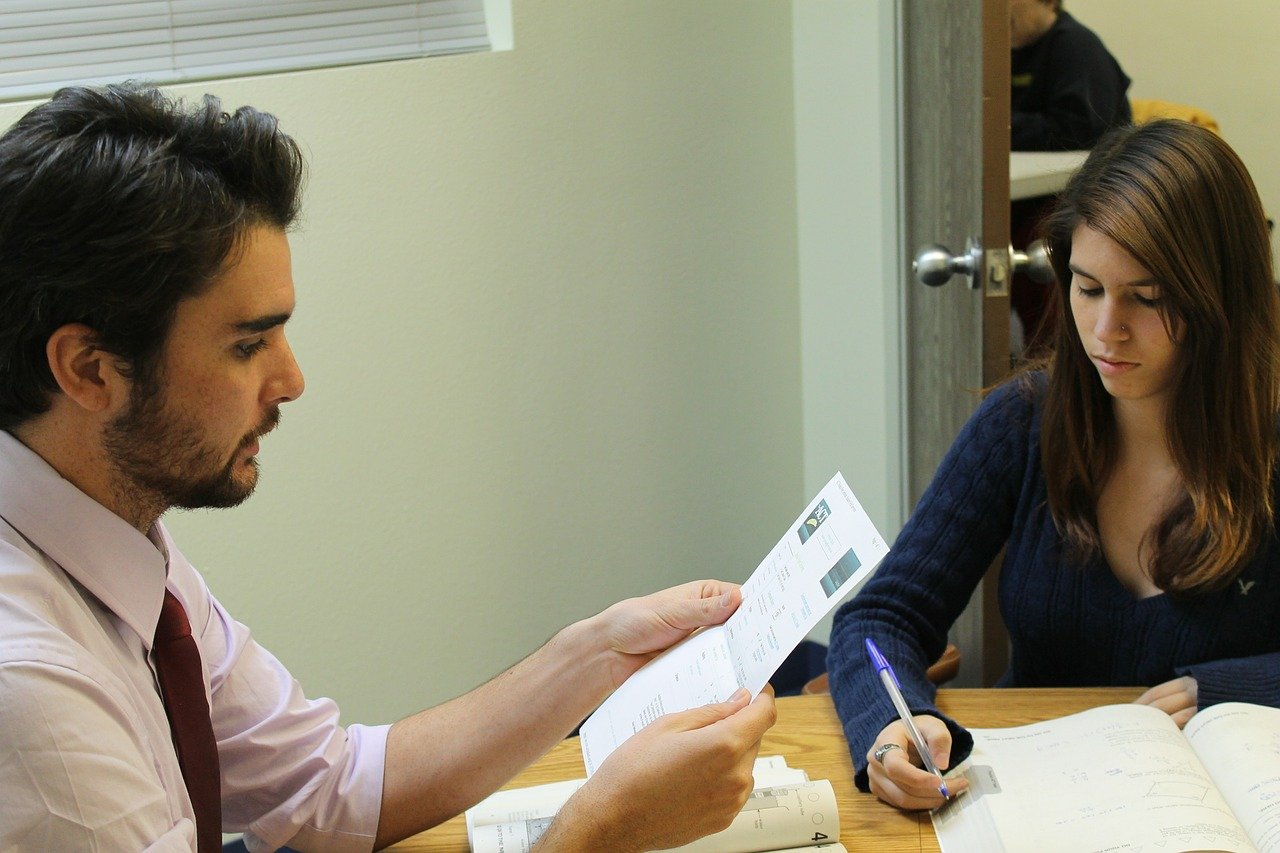Evolution in the field of technology is leading groundbreaking trends in education. With the changing pace of technological advancements, studying has become facile. Investment in technology has benefited with regards to unprecedented developments and has cultivated the seeds of innovation. The emergence of technology has made lives manageable and efficient. We can save enormous time and effort with the help of a click. The technological influence on education is remarkable. It is worth mentioning here that students today are already engaged with technology and are well aware of its advantages.
The process of teaching and learning has changed consequently because of the changing trends. Also, introducing technology in educational institutions has brought innovation in studying methods. Due to this,classrooms look relatively different than what they looked decades earlier. The internet has played a significant role in determining students’ ability to access and retrieve information resources.Projectors displaying lectures have replaced primitive blackboards.Institutes must utilize appropriate methods of integrating technology into the classrooms to enhance the performance of students. Now teachers emphasize more on research-based learning through various internet resources.
Let us discusshow the education sector can benefit from technology in classrooms.
Critical Thinking
Technology enables students to build metacognitive skills. Digital environments provide studentsthe ability to remodel their thought processes. Such an environment comes up with opportunities that allowstudents to experiment and practice creative skills and concepts. Students tend to think more energetically when they gain exposure to new and advanced sources of learning. It also enables children to form their own opinions and question why and how things work instead of accepting the facts.Technology encourages problem-solving and critical thinking at each level. Students research the given problem, analyze the situation and think of better and viable solutions.
Remote Classrooms
Internet technology has enabled learning institutions to build remote classrooms for students. Virtual lessons have replaced traditional classrooms.It has reduced the maintenance and infrastructure costs of carrying out lectures in physical classrooms. Students can study and do part-time jobs at the same time with the help of online learning. Different universities are coming forward with their degree programs that offer online education and enrollment. Even fields that require practical knowledge are now making learning easier through remote options. Forexample,engineering students can take admission in the online MSCE degreeto gain high-quality virtual education in Civil Engineering and other major courses. In 2020, when COVID-19 took over the entire world, schools conducted online classes to not miss out on learning while isolating themselves at home.
Personalized Learning
Technology has made it quite convenient for students to access learning resources anytime. Students tend to enroll themselves in the subjects of their choice. They can access the course contents and videos anytime for better understanding. It also allows teachers to check the students’ progress and monitor the individual needs of the students. Students can schedule their time for learning and other activities according to their convenience.
Greater Student Engagement
Students nowadays are experts at using gadgets, and allowing internet technology in classrooms has increased student involvement. It has also reduced the burden on teachers. Technology fosters learning skills, better participation, and performance by engaging students in exciting activities. Teachers can use videos, presentations, and podcasts to make it captivating and engaging. Also, assigning activities such as discussions and constructive conversations on interactive platformscompels them to be more active. Another way to involve students is by inviting Guest Speaker to the classroom through Video Conferencing tools. It encourages a healthy discussion by questioning and answering queries.
Increased Teacher Productivity
According to the PBS Survey, technology plays a critical part in teaching. Teachers worldwidesupport the use of technology in classrooms and its integration to achieve better results. Technology has shaved off teachers’ time and made it easier for them to plan curriculum, make worksheets, assessments, and online activities for students. Implementing new and valuable online learning tools has increased the productivity of both teachers and students. In most schools, both teachers and students get personalized logins to access their online assessments and homework. It allows both students and teachers to monitor progress, update tasks, and download learning materials.
Enhanced Creativity
New technology offers innovative tools to enhance creativity in students. Teachers can create blogs where students can creatively write on topics of their interest, developing writing skills. Students can design graphics, art, and visuals in the art classes on tabs and computers, which can help them delve into the world of creativity. Using mind-mapping and brainstorming tools helps students in reasoning and thinking out of the box. Other tools such as infographics and digital story-telling are now widely used by teachers to engage students in active sessions. Students using video and audio tools can create their projects and assignments more innovatively. Undoubtedly, introducing new ways to implement technology will cater to students’ creative needs and make learning fun.
COVID-19 VERSUS TECHNOLOGY
Due to the pandemic, there was an unusual push to online learning, forcing schools to adapt to the situation quickly. There was a rapid rise in the number of digital learning platforms due to COVID-19. The unexpected closures of educational institutions have compelledthe widespread use of remote teaching techniques. In this pandemic, the tech-expertshave devised mechanisms such as Student Response Systems through which teachers can assess the student’scapabilities. Students and teachers can share their work contents and ensure proper assessment and feedback.
Conclusion
Nothing can replace the role of a teacher. However, through the right technological tools, learning can become more flexible and enjoyable. Summing it up, technology has brought better student output and engagement compared to monotonous lectures in physical classrooms. Integrating technology into the classrooms has created dexterity in learning for both teacher and student. Also, it has posed new and competitive challenges to the academic world. It is also noteworthy that we should consider computer machines as information sources and mediums of expression. Technology triggers creativity and analytical thinking. Hence we can reap its benefits by utilizing it insuitable ways.





![Top 10 Sunscreen Manufacturer [Tested & Reviewed]](https://pantheonuk.org/wp-content/uploads/2024/01/Factory-images-350x250.png)
